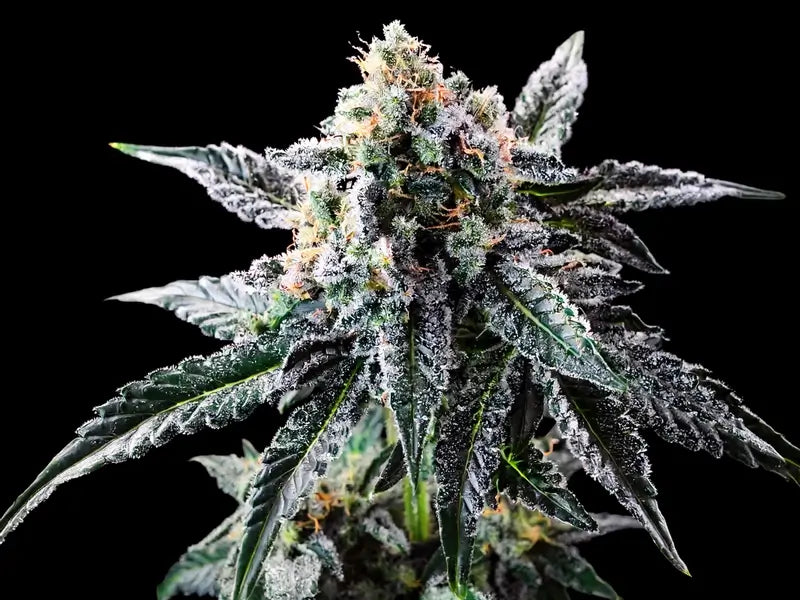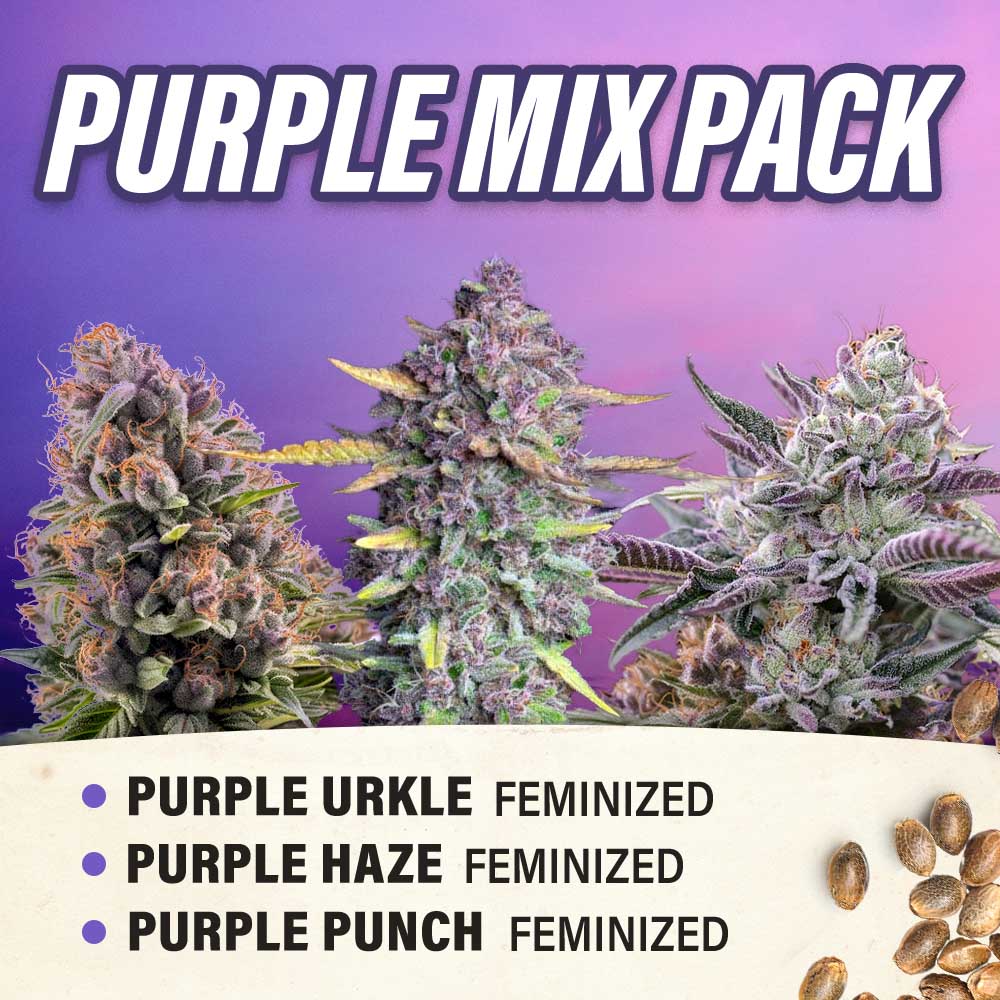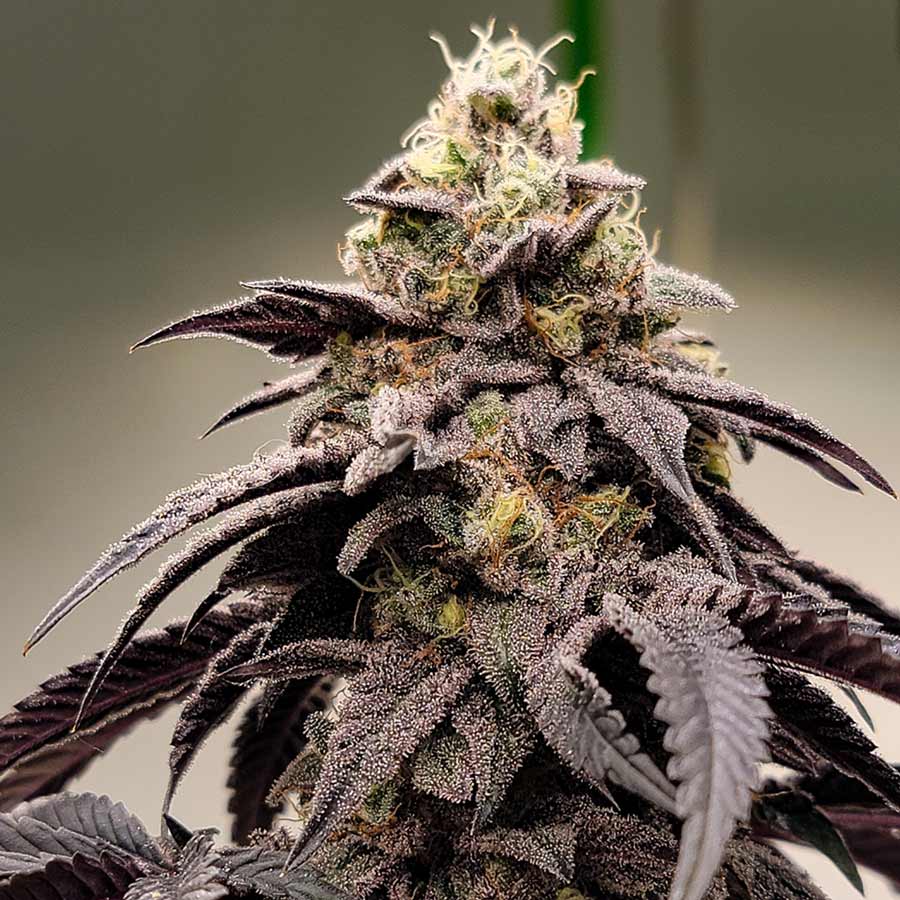Cannabutter Recipe: 6 Steps to Achieve the Ideal Cannabutter

There’s something comforting about making your own cannabutter at home — the slow melting of butter, the earthy scent of ground cannabis, and the anticipation of creating something special from scratch.
Whether you’re new to cannabis cooking or a seasoned pro fine-tuning your infused butter, this simple guide will walk you through each step with ease, warmth, and care.
Key Takeaways
- Cannabutter is butter infused with decarboxylated cannabis, used to make potent edibles.
- Decarboxylation at 240–260°F for 30–45 minutes activates THC for effective infusion.
- Simmering the mixture slowly for 2–4 hours ensures rich flavor and strong potency.
- Strain, cool, and store your cannabutter in airtight containers for lasting freshness.
- Start with low doses and mix evenly in recipes to control potency and effects.
- Avoid overheating — gentle cooking preserves cannabinoids and flavor balance.
What is Cannabutter?

Cannabutter is butter that’s been infused with cannabis, often made using ground cannabis or decarboxylated cannabis flower. It’s a key ingredient in homemade edibles, allowing you to enjoy the effects of cannabis through food.
By combining regular butter (or coconut oil, olive oil, or other fats) with cannabis in a slow cooker or double boiler, you create infused butter that carries both the flavor and potency of the plant.
Quick Cannabutter Recipe
There’s no need to overcomplicate making your own cannabutter. With just a few ingredients and some patience, you can create a smooth, aromatic infused butter perfect for homemade edibles.
Ingredients
- 1 cup unsalted butter (solid butter)
- 7–10 g decarboxylated cannabis flower (loosely broken up or ground cannabis)
- ¼–½ cup water (to regulate temperature and prevent butter from burning)
- Optional: coconut oil or olive oil as alternative fat for infused butters
1. Prep and decarboxylate your cannabis
Start by gently breaking up your plant material with a hand grinder or food processor. You want a coarse, even texture — not a fine powder — to avoid a bad plant taste. Spread your cannabis evenly over a parchment paper–lined baking sheet and bake at about 240–260 °F for 30–45 minutes. This decarboxylation process activates the cannabinoids, turning THCA into THC, which is essential for making potent cannabutter.
2. Melt the butter and start the infusion
In a stock pot, slow cooker, or double boiler, melt 1 cup of butter (or your chosen fat) with a bit of water over low heat. Butter burns easily, so keep the temperature low and avoid a full boil. Once the butter is melted, add your decarbed cannabis and gently mix to combine. Stir occasionally to ensure the plant material stays evenly suspended during the infusion process.
3. Simmer and stir occasionally
Let the mixture simmer on low heat — ideally between 160 °F and 180 °F — for two to four hours, stirring occasionally. If you’re using a slow cooker or crock pot, check it every hour or so to make sure the temperature stays consistent and the mixture doesn’t dry out. The longer the infusion time, the stronger the cannabutter’s potency will be.
4. Strain out the plant matter
When the cooking time is up, pour the mixture through a fine mesh strainer or cheesecloth into a heatproof bowl. This separates the infused butter from the plant matter. Gently press or squeeze to extract every drop, but avoid pushing too hard to prevent excess plant particles from clouding your butter.
5. Cool, solidify, and store
Allow the strained mixture to cool, then place it in the fridge until the butter solidifies. Once the solid butter separates from any excess water, remove it, pat it dry, and transfer it to an airtight container. Store cannabutter in the refrigerator for short-term use or freeze it to preserve cannabinoids and freshness for several months.
6. Dosage and use
A good starting point is 7 grams of cannabis per cup of butter for moderate potency. Because relative potency varies depending on strain and decarbing quality, always start with a low dose when making edibles. You can always adjust future batches by using less cannabis or a longer infusion time for stronger cannabutter.
Best Cannabutter Recipes to Try Out
If you’ve taken the time to make your own cannabutter, you’re already halfway to creating some amazing homemade edibles. From comforting sweets to savory favorites, these are some of the best ways to put your infused butter to work and enjoy the rich, mellow flavor it adds to any dish.
- Classic Cannabis Brownies – A timeless favorite, these rich, fudgy brownies use cannabutter instead of regular butter for that smooth, full-bodied flavor and relaxing cannabis effect. The butter blends beautifully with melted chocolate, giving you a dessert that’s as indulgent as it is effective.
- Chewy Chocolate Chip Cookies – Swap out your regular butter for infused butter to enhance this comfort classic. The result is a batch of cookies that’s perfectly golden on the outside, soft in the middle, and infused just enough to feel warm and calming without being overpowering.
- No-Bake Infused Treats – Perfect for when you want something quick and fuss-free. Melt your cannabutter, mix it into cereal, marshmallows, or cocoa powder, then chill until firm. These no-bake bars or fudge bites are simple to make and ideal for beginners learning infused butter recipes.
- Savory Infused Dishes – Cannabutter isn’t just for sweets. Use it to sauté vegetables, drizzle over roasted potatoes, or melt onto garlic bread. The butter’s mild herbal flavor complements both simple and fancy dishes, making it a versatile choice for cannabis cooking.
- Breakfast and Brunch Delights – Infuse your morning with comfort by adding cannabutter to pancakes, waffles, or brioche French toast. The gentle effects pair perfectly with a lazy morning, giving your breakfast that extra special homemade touch.
Tips for Using Cannabutter
- Learning to use cannabutter is all about balance — finding the right flavor, dose, and cooking method to match your taste and comfort level. Here are a few tips to make sure every batch and every bite turns out just right:
- Start with a low dose – Everyone’s tolerance is different, so begin with a small amount of cannabutter in your recipes. You can always add more next time, but too much heat or too strong a batch can make your edibles overwhelming instead of enjoyable.
- Mix evenly – When using cannabutter in batters, doughs, or sauces, make sure it’s fully melted and well mixed. This helps evenly distribute cannabinoids and ensures each portion has the same consistency and potency.
- Avoid too much heat – Cannabinoids can break down at high temperatures, so cook on low heat or stir into dishes after removing them from direct heat. Remember: butter burns easily, and gentle cooking helps preserve cannabinoids and flavor.
- Store properly – Keep your cannabutter in an airtight container, wrapped in plastic wrap or sealed tightly. Refrigerate for short-term use or freeze for longer storage. Proper storage prevents mold, extends freshness, and protects potency.
- Mask strong flavors – If your cannabutter has a strong plant taste, balance it with complementary ingredients like cocoa, vanilla, herbs, or garlic. These flavors blend naturally and make the final dish smoother and more enjoyable.
- Experiment with fats – Don’t limit yourself to regular butter. Try coconut oil, olive oil, or even vegetable oil for different recipes. These options can change the texture, flavor, and relative potency of your infused butter, making your homemade edibles more versatile.
- Label and track potency – Always label your cannabutter clearly and note the strength or strain used. Tracking how much cannabis went into the recipe helps you estimate potency and regulate future batches more precisely.
Final Thoughts

Making your own cannabutter is more than just a cooking project — it’s a hands-on way to connect with your ingredients and craft something uniquely yours. With a bit of patience, the right cannabis, and a mindful touch, you can transform simple butter into something truly special.
Ready to take your cannabis cooking to the next level? Learn more infused recipes here and study just how versatile your homemade cannabutter can be.
Frequently Asked Questions
How long does cannabutter last?
When stored properly in an airtight container, cannabutter can last up to two weeks in the refrigerator or around six months in the freezer. For best results, keep it away from light and moisture to preserve potency.
Can I make cannabutter without a slow cooker or double boiler?
Yes. You can use a regular saucepan on very low heat — just make sure to stir often and keep the temperature below 200 °F to prevent burning or degrading cannabinoids.
What’s the best type of cannabis to use?
High-quality, drier cannabis works best for even decarboxylation and smooth infusion. Choose a strain that matches the effects you want — sativa for energy, indica for relaxation, or a balanced hybrid.
How can I make my cannabutter stronger?
Use more cannabis, extend the simmering time to a few hours, or use a higher-fat base like coconut oil, which binds better with cannabinoids. Just be careful not to overheat it, as too much heat reduces potency.
What can I do if my cannabutter tastes too grassy or bitter?
That usually happens when the plant material is overcooked or ground too finely. Try masking the flavor with rich ingredients like chocolate, spices, or garlic, depending on your recipe.
Can I use cannabutter in any recipe?
Pretty much! You can substitute cannabutter for regular butter or oil in most recipes — just be mindful of dosing. Whether you’re baking brownies, sautéing veggies, or spreading it on toast, it adds a subtle herbal touch and gentle cannabis effects.
How do I test the potency of my cannabutter?
Start with a small amount — about ¼ teaspoon — and wait at least an hour to feel the effects. Everyone’s tolerance varies, so testing small portions first helps you gauge strength safely before using more.



